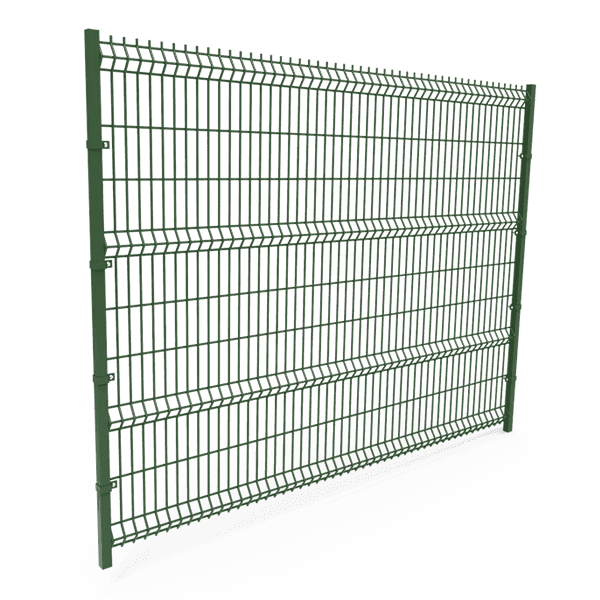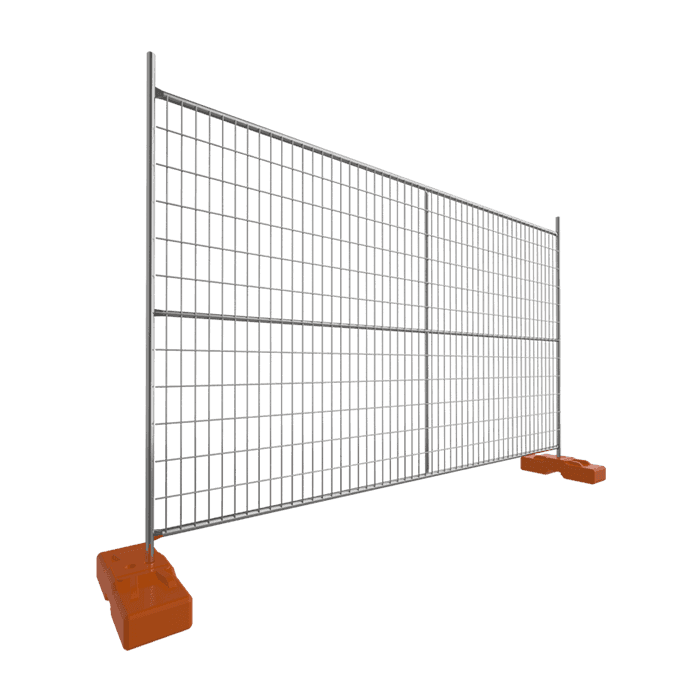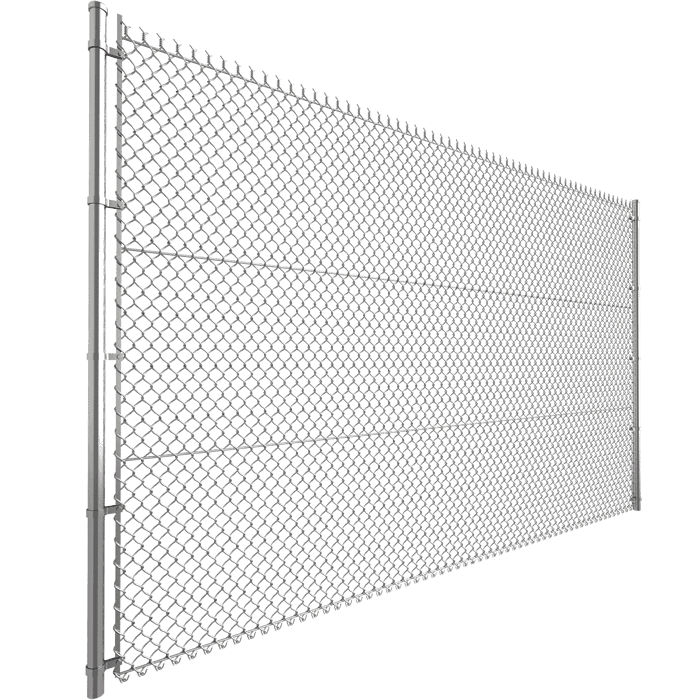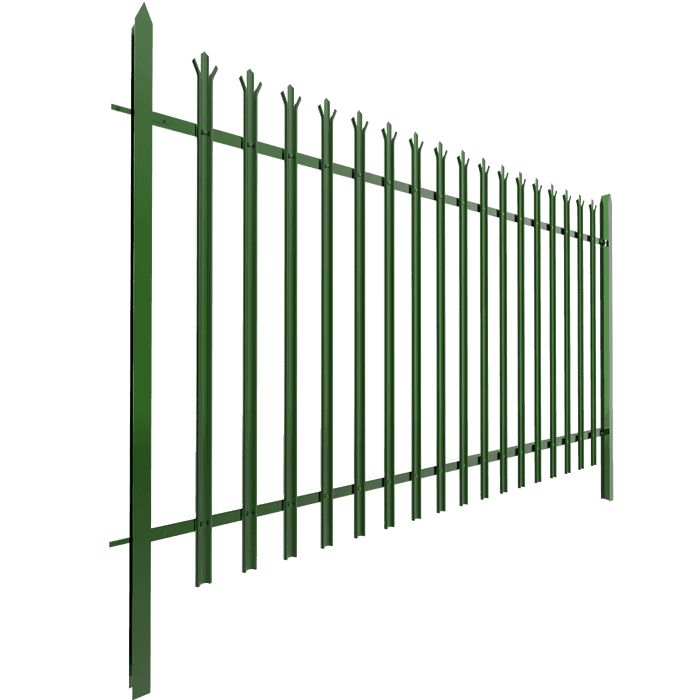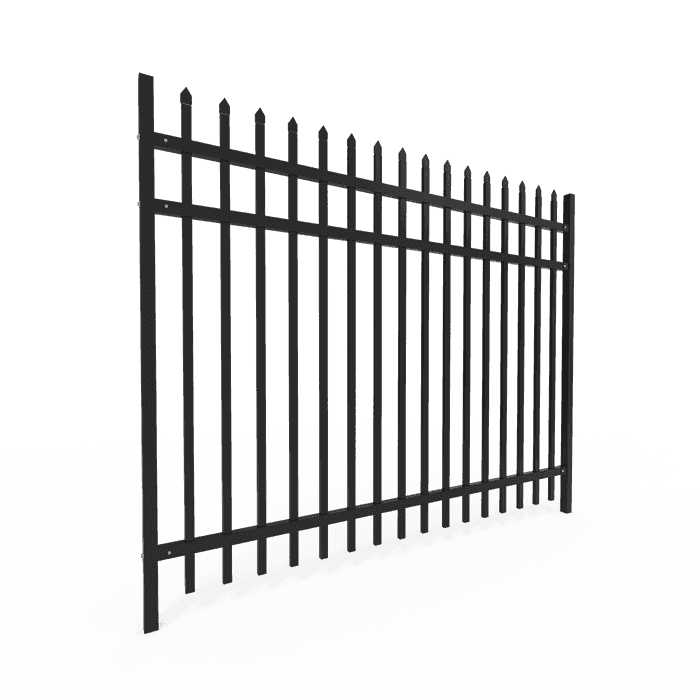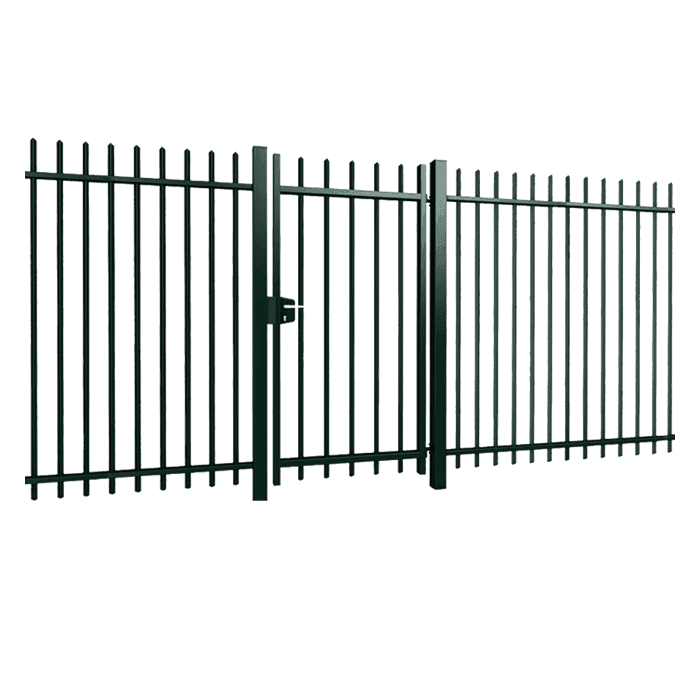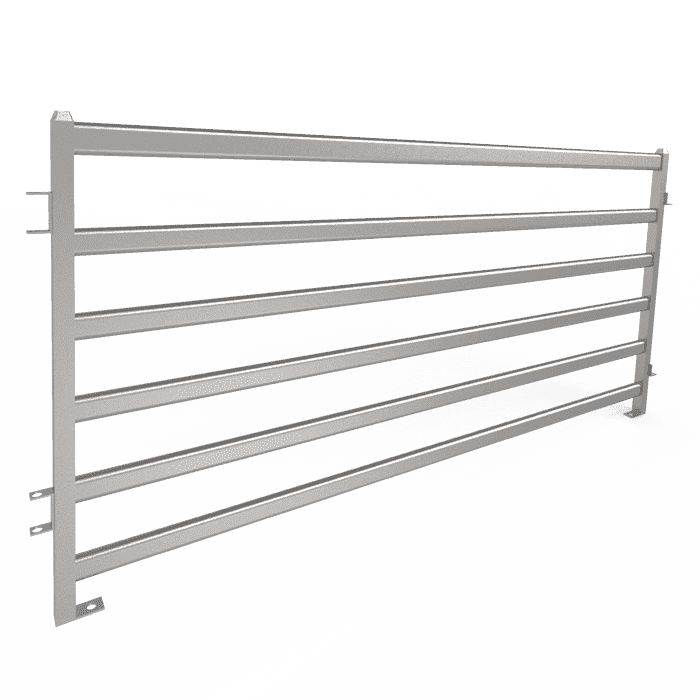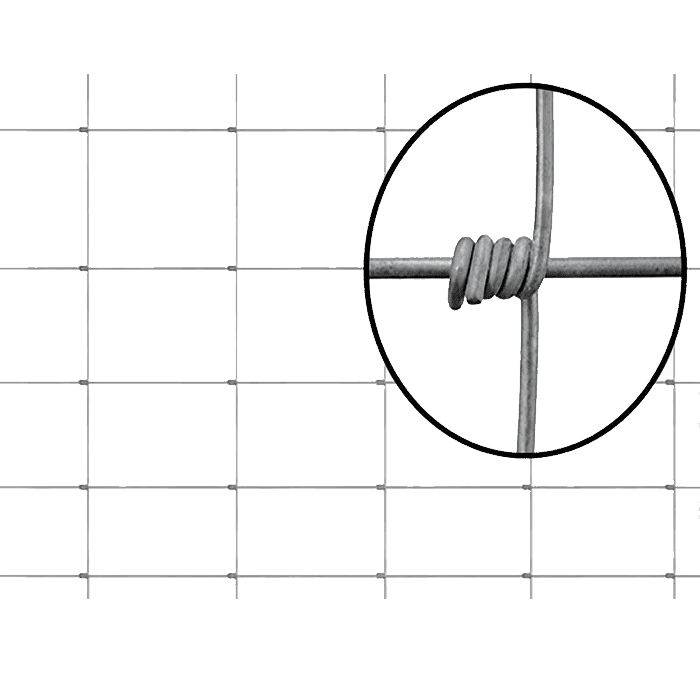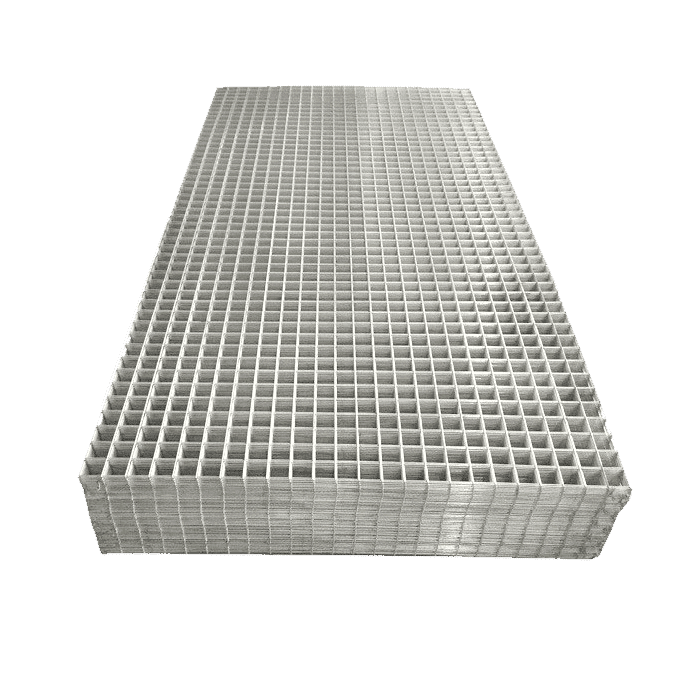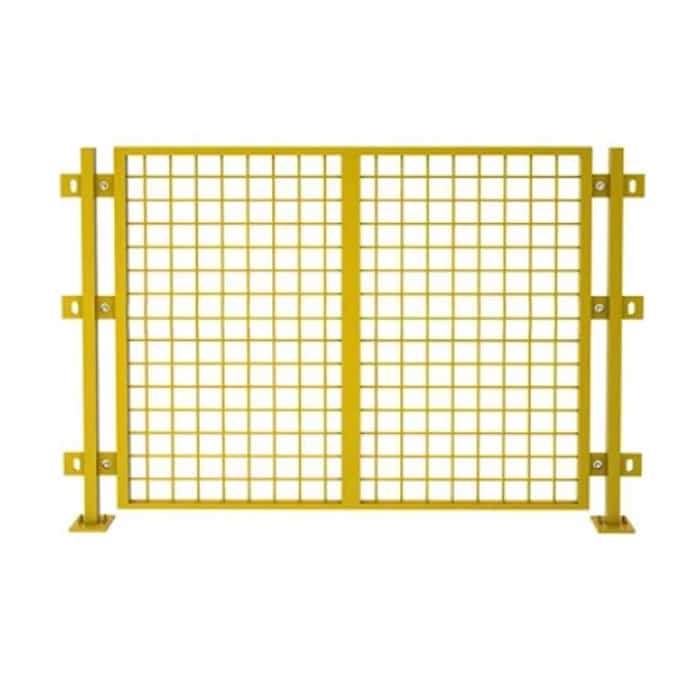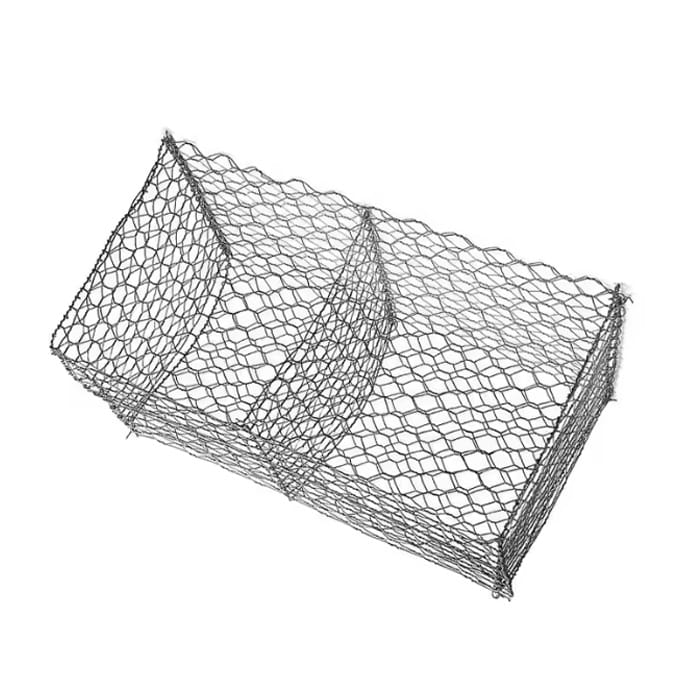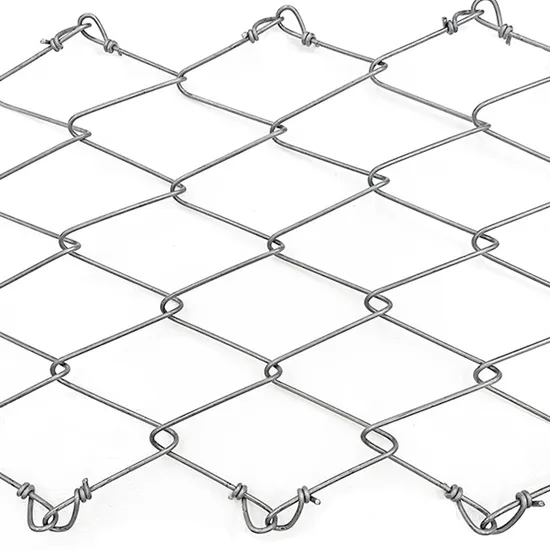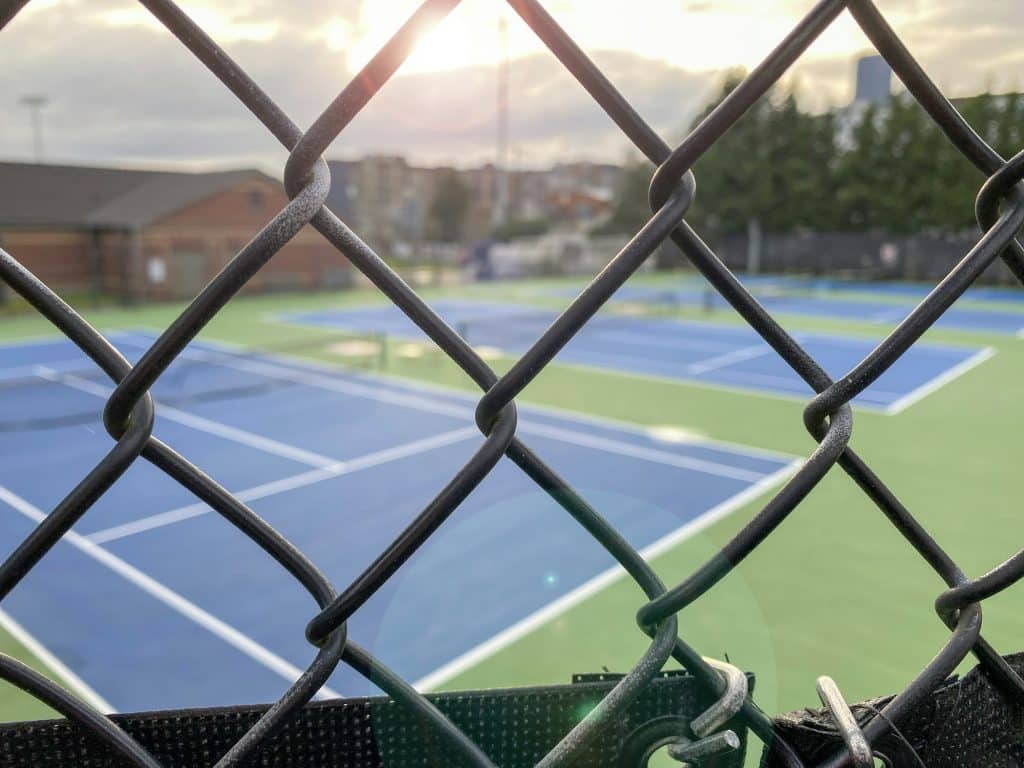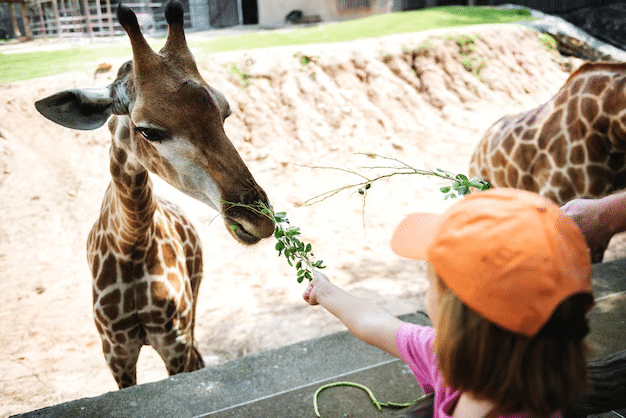With all these attractions, one of the primary questions that crosses homeowners’ minds is how they can install a chain link fence after they purchase it. In this post today, we aim to discuss this and explain how you can install a chain link fence. And of course, we will answer this: “Do you necessarily need to know how to install a chain link fence?”
Chain link fences are recognized for their affordability and long lifespan. They’re broadly installed in residential, commercial, and industrial zones. As a few of their benefits, we can mention that chain link fences are dependable as a tough barrier, need negligible maintenance, offer visibility, allow the flow of air, come at affordable prices, present customization options, and more.
Table of Contents
What is a Chain Link Fence?
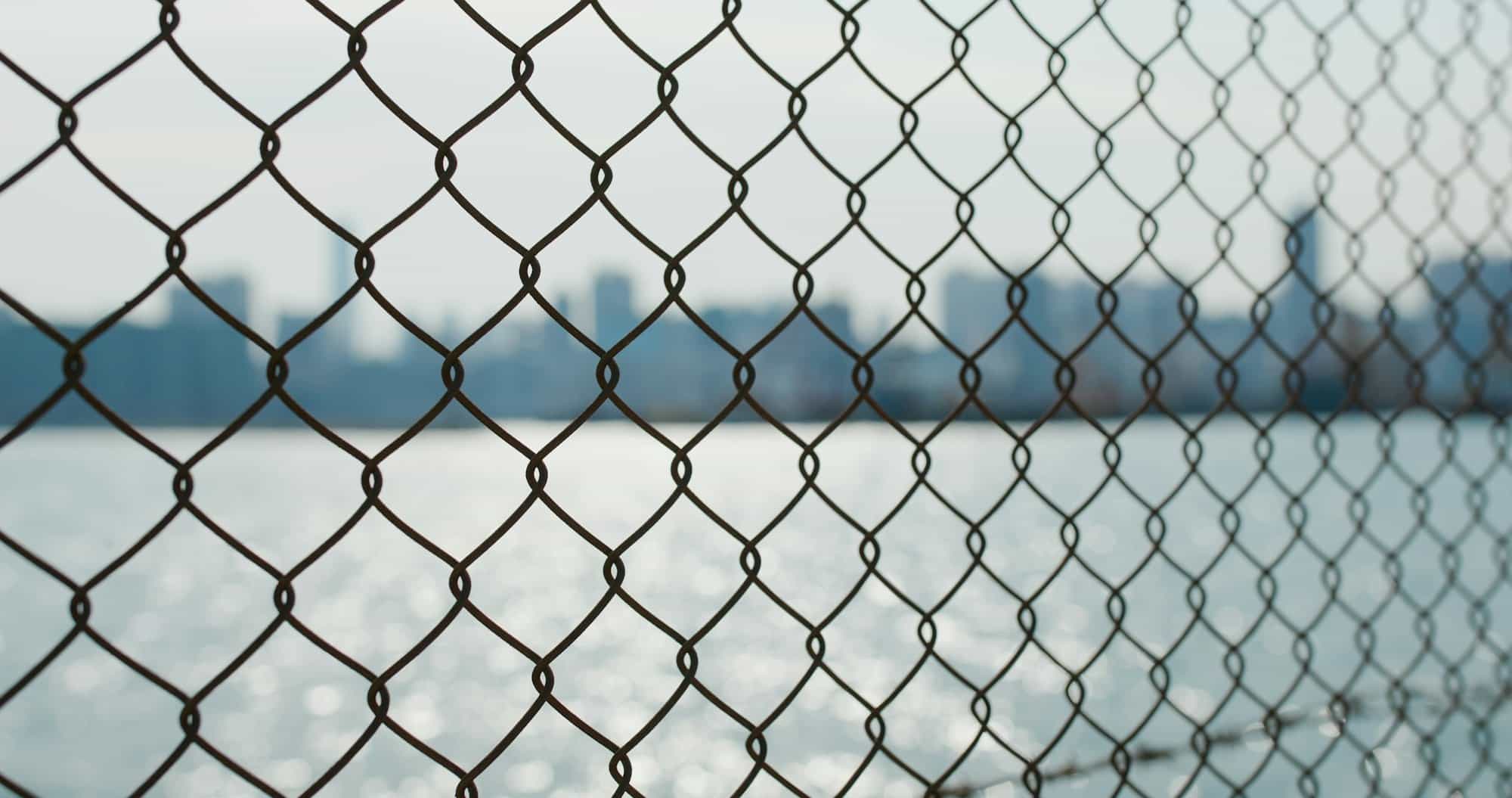
A chain link fence is a type of fencing system that’s crafted from interwoven metal wires that altogether form a diamond pattern. It’s widely used because of its affordability and durable structure. Galvanized steel or aluminum are among the materials broadly used to create this type of fence.
The structure of a chain link fence includes:
- Vertical Posts that are set into the ground at intervals.
- Horizontal Rails that are connected to these posts.
- Chain Link Fabric that’s made up of linked wires and stretched between posts and rails.
The size of the diamond-shaped gaps in the mesh is variable based on the level of security and visibility you desire. This type of fence is broadly employed in residential properties, commercial regions, industrial sites, recreational facilities, and more.
People use chain link fences as perimeter fences for security intentions, encircling properties, yards, playgrounds, and sports fields. Plus, they can encircle animal enclosures, construction sites, and temporary barriers because of their snappy installation/removal.
What’s more, you can personalize chain link fences with extra characteristics such as privacy slats or decorative elements to sweeten their formation and functionality. Despite their profound functionality, these fences can deliver a pristine and stylish aesthetic if you install and preserve them with vigilance.
How to Install a Chain Link Fence
Installing a chain link fence is a methodical procedure. The installer should execute the job precisely with the utmost concentration on detail. To do so, you need to follow these steps:
Step 1: Planning and Preparation
Before you do anything, it’s vital to carefully plan and organize the site. Initially, try to determine the location and dimensions of the fence. Assess all the property lines, utility zones, and regional laws. Visit local authorities to acquire all critical permits.
Then, employ stakes and string to mark the layout of the fence. This is to ascertain that lines are straight and aligned. Remember elements such as slope, terrain, and any obstructions that can alter the process of installation. Also, if necessary, contact utility companies to mark the location of underground utilities.
Step 2: Gathering Materials and Tools
Collect all the materials and tools you need for the installation. These can include:
- Chain link fabric
- Fence posts
- Rails
- Hardware
- Concrete
- Other tools such as a post hole digger, level, tape measure, and wrenches
Make sure you have enough of everything as per your fence design/layout. Check to see if you have prepared all hardware, fasteners, and extra accessories such as privacy slats, or gates.
Step 3: Setting Corner and End Posts
In this step, you should appoint the corner and end posts of the fence. Employ a post hole digger to dig holes for the posts with reasonable depth and diameter. Usually, 1/3 of the post length and twice the width of the post would be suitable.
Then, place the posts in the holes until they’re upright and level. Thereafter, load the holes with concrete for maximum stability. Use a level to see if the posts are straight while the concrete sets. Let the concrete cure as per the manufacturer’s instructions.
Step 4: Installing Line Posts
Shortly thereafter, it would be time to nestle the line posts along the fence line at recurring gaps. You can use the same process of digging holes, arranging the posts, and securing them with concrete. Make sure posts match the layout markings. They should have equal spaces to sustain the chain link fabric accurately.
Step 5: Attaching Rails and Tension Bands
Once the posts are sealed in place, try to attach the top rails and tension bands. Install the top rails along the top of the fence. Attach them to the corner, end, and line posts using rail end cups and bolts. Slide tension bands to the end and corner posts at the height of the chain link fabric with similar spacing.
Step 6: Stretching Chain Link Fabric
Then, unroll the chain link fabric along the fence line either at a corner or an end post. Use tension bars and bands to connect an end of the fabric to the post.
Employ a come-along or fence stretcher to pull the fabric taut. Attach it then to the remaining posts using tension bars and bands. To avoid sagging, make sure the fabric is stretched evenly.
Step 7: Installing Gates
To install gates, measure and mark the location for gate posts and dig post holes consequently. Secure the gate posts in concrete. Install gate hardware as per the manufacturer’s instructions. Hang the gate on the gate posts and modify it for reasonable alignment and swing.
Step 8: Finishing Touches
Eventually, use a hacksaw or bolt cutters to cut any extra chain link fabric. Append optional accessories such as privacy slats, wind screens, or barbed wire if you fancy. Meticulously scan the fence to see if there are any loose parts that need to be altered, and make all vital repairs.
Details to Consider When Installing a Chain Link Fence
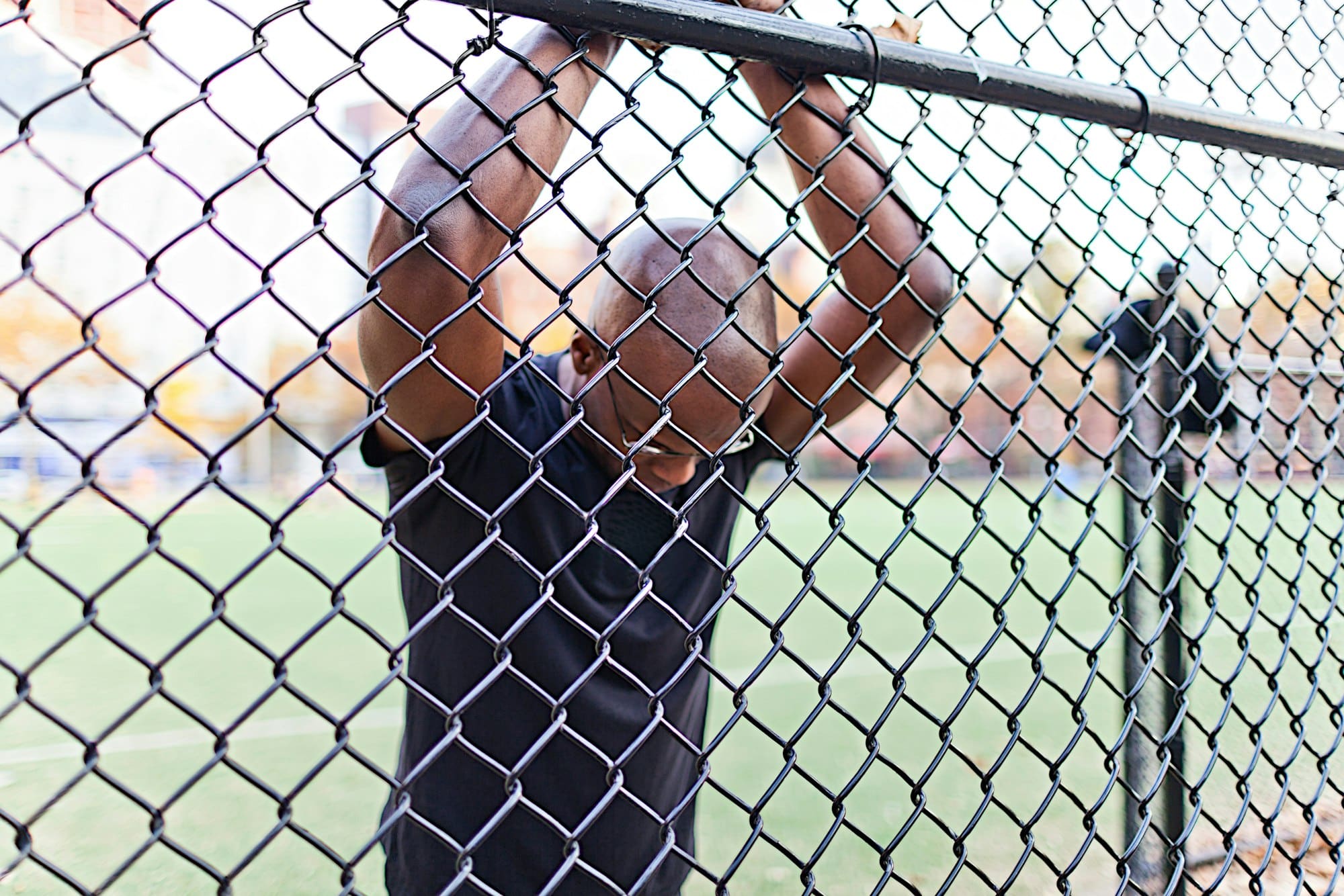
It’s integral to pay close attention to several elements when you install a chain link fence. Here are some paramount considerations in this regard:
- Property Lines and Regulations: Make sure the fence is installed inside your property perimeters. This is to deter disputes with neighbors. Get accustomed to local laws, zoning laws, and homeowner association policies, including height restraints and setback prerequisites.
- Soil Conditions and Drainage: Evaluate the conditions of the soil to see if modifications or preparations are necessary prior to the installation. Make sure adequate drainage is functional because water buildup around the fence may result in soil erosion and instability.
- Post Depth and Spacing: Try to dig post holes with the correct depth and diameter as per the soil type and the fence height. As noted before, you should bury posts at least one-third of their length with similar spacing along the fence.
- Alignment and Leveling: The precise alignment and leveling of the fence posts and rails result in a harmonious formation. Always use a level and string line to meticulously align the fence horizontally and vertically.
- Concrete Mixing and Curing: Pursuing manufacturer recommendations concerning the appropriate mixing of concrete helps you acquire the utmost consistency and resilience. Wait at least a day or two before proceeding with the installation process so the concrete can be cured satisfactorily.
- Tensioning the Fabric: To thwart sagging or bulging, you should employ useful tensioning methods to stretch the fabric evenly along the fence line. Use suitable stretching tools to make sure the fabric is tightly connected to the posts and tension bands.
- Gate Installation and Functionality: Make sure gates are level, plumb, and appropriately aligned with the fence line. Examine gates, hinges, and latches to see if they’re smooth and tight.
Why You Don’t Necessarily Need to Know How to Install a Chain Link Fence
Thanks to the existence of outstanding manufacturers and their high-quality installation assistance, you don’t necessarily need to know how to install a chain link fence. Such fence manufacturers have dexterous fence installers who implement the job flawlessly, meticulously, and as per the highest standards.
Leaning on the manufacturers’ installation assistance comes with myriad advantages. The first one is saving time and effort. Competent installers supervise all intricacies of the process from planning/preparation to the ultimate touches. This helps you concentrate on other jobs with no dread regarding the installation itself.
What’s more, manufacturers propose warranties or guarantees for their installation services. This is heartwarming as you ensure the fence will be installed correctly. Knowledgeable installers handle all due challenges with expertise and guarantee smooth functionality of the fence.
Besides, most manufacturers propose package deals or bargains on both the fence materials and installation services. This makes it a cost-effective opportunity for those who need to install such a fence.
How Much is a Chain Link Fence?
The ultimate price of a chain link fence differs depending on several factors, including:
- Size of the fencing zone
- Fence height
- Quality of materials
- Level of expertise
- Additional features
Generally speaking, chain link fences from more low-grade manufacturers may cost around $5 to $10 per linear foot with fundamental materials. However, you should remember that these manufacturers usually use thinner gauge wire and lower-quality components, which shrinks the fence’s lifespan.
On the other hand, chain link fences from premium manufacturers can cost somewhere between $20 and $30 per linear foot. This price is for high-quality materials and extra features such as thicker gauge wire, vinyl coating for higher durability and more pleasing aesthetics, or distinguishing configurations.
Lastly, it should also be noted that installation costs generally vary between $5 and $15 per linear foot.
Related Post might be HELPFUL to you: Top 15 Trustworthy Fence Manufacturers in 2024

